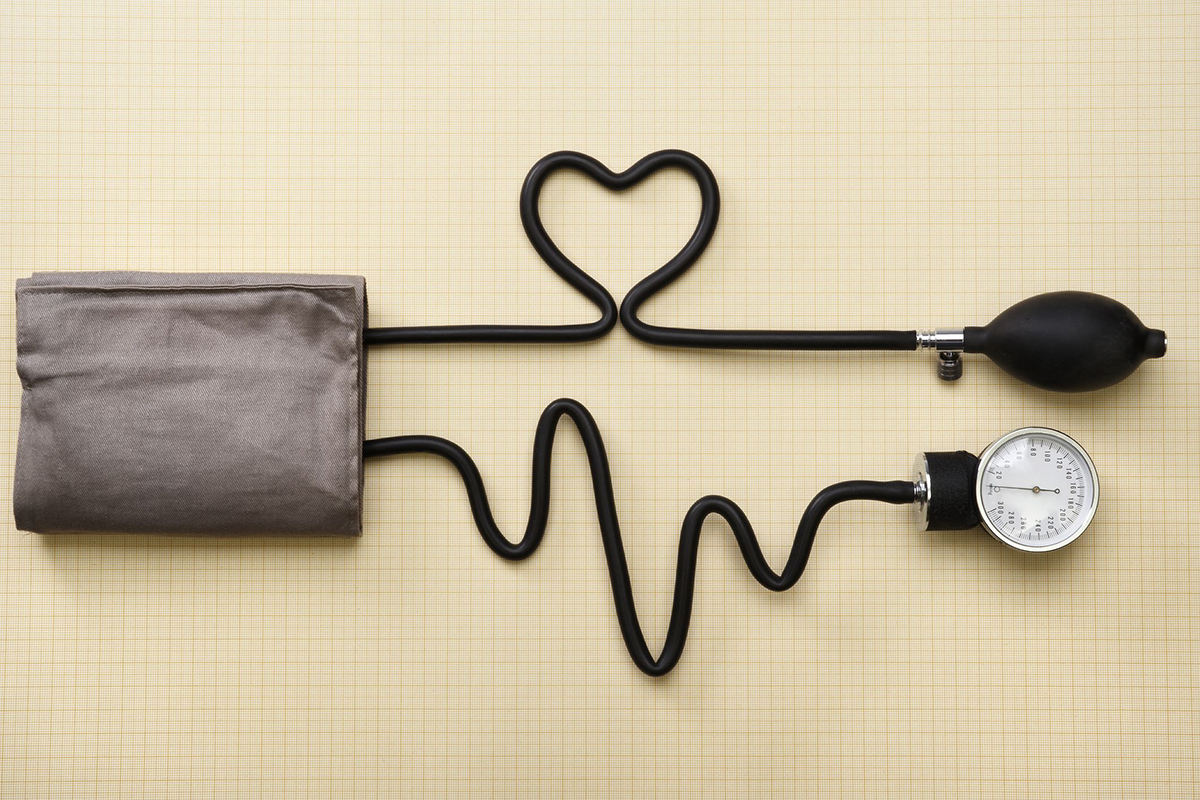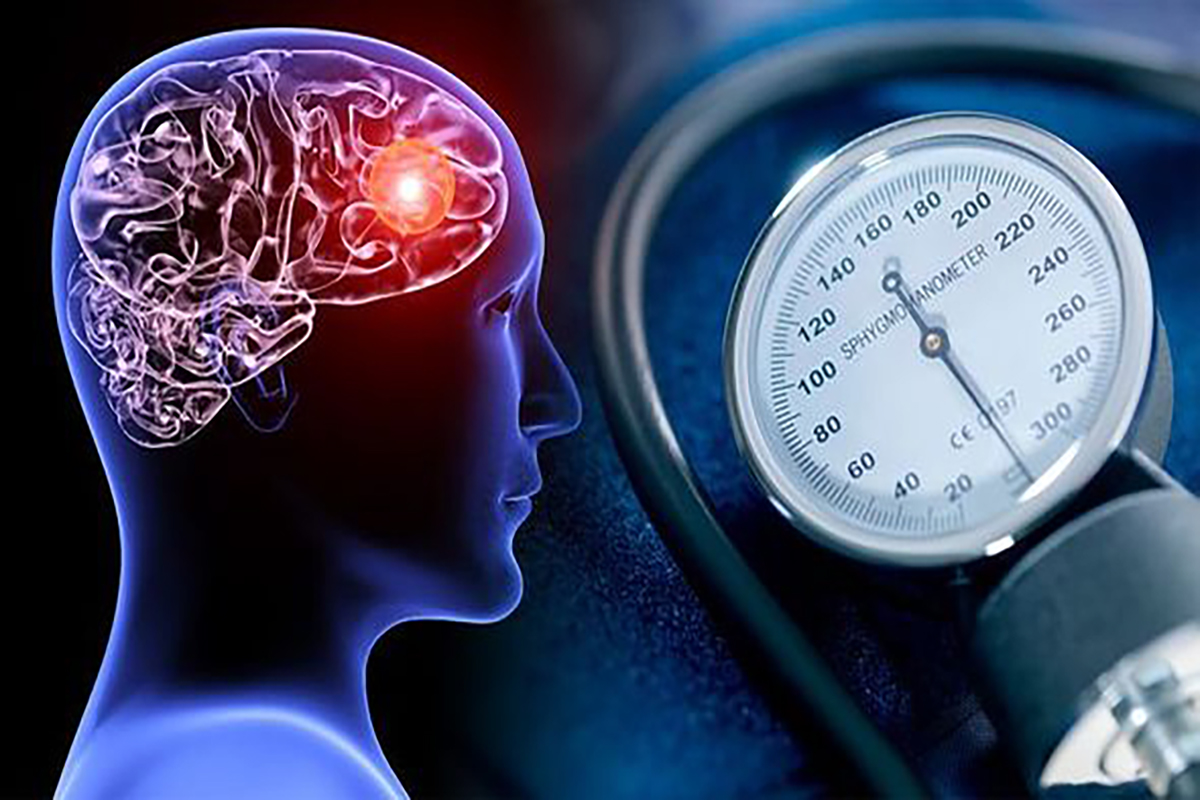
Hypertension in Young Adults: Rising Trends and Risk Factors
By Dr. Ramesh Raikar in Cardiology Interventional Cardiology
May 21, 2024
Hypertension, or high blood pressure, was once considered primarily a condition affecting older adults. However, there has been a concerning increase in the prevalence of hypertension among young adults in recent years. This trend has raised alarms among healthcare professionals due to its potential long-term health implications. In this article, we will explore the rising trends of hypertension in young adults, along with the associated risk factors and potential consequences.
Understanding Hypertension: Hypertension is a chronic medical condition characterized by elevated blood pressure levels consistently higher than the normal range. Blood pressure is measured in millimeters of mercury (mm Hg) and consists of two values: systolic pressure (the pressure in the arteries when the heart beats) and diastolic pressure (Refers to the pressure in the arteries during the heart’s relaxation phase between beats.). A blood pressure reading of 120/80 mm Hg is considered normal, while readings consistently above 130/80 mm Hg indicate hypertension.
Rising Trends Among Young Adults: Historically, hypertension has been more prevalent in older adults due to factors such as aging, sedentary lifestyle, and dietary habits. However, recent studies have shown a disturbing increase in hypertension rates among young adults aged 18 to 40 years. According to the American Heart Association, nearly one-third of young adults in the United States have elevated blood pressure levels. This rise in hypertension among young adults is attributed to several factors, including obesity, unhealthy dietary patterns, sedentary lifestyle, stress, and poor sleep habits.
Risk Factors: Several risk factors contribute to the development of hypertension in young adults. One of the primary risk factors is obesity, particularly central obesity characterized by excess abdominal fat. Poor dietary habits, such as high intake of processed foods, sodium, and sugar-sweetened beverages, can also increase the risk of hypertension. Sedentary behavior, lack of physical activity, and smoking are additional lifestyle factors associated with hypertension in young adults. Genetic predisposition, family history of hypertension, and certain medical conditions, such as diabetes and chronic kidney disease, can also contribute to elevated blood pressure levels.
Consequences and Complications: The consequences of untreated hypertension in young adults can be severe and may include an increased risk of cardiovascular diseases, such as heart attack, stroke, and heart failure, later in life. Hypertension can also damage blood vessels, leading to complications such as atherosclerosis (hardening of the arteries), kidney disease, and vision problems. Furthermore, hypertension in young adults is associated with adverse effects on cognitive function and mental health, including cognitive decline, anxiety, and depression.
Prevention and Management: Preventing and managing hypertension in young adults requires a multifaceted approach that addresses lifestyle factors and underlying medical conditions. Lifestyle modifications, such as adopting a healthy diet rich in fruits, vegetables, whole grains, and lean proteins, reducing sodium intake, engaging in regular physical activity, maintaining a healthy weight, managing stress, and avoiding tobacco use, are essential for blood pressure control. Additionally, regular blood pressure screenings and early intervention are crucial for identifying and managing hypertension in young adults before it progresses to more serious health complications.







